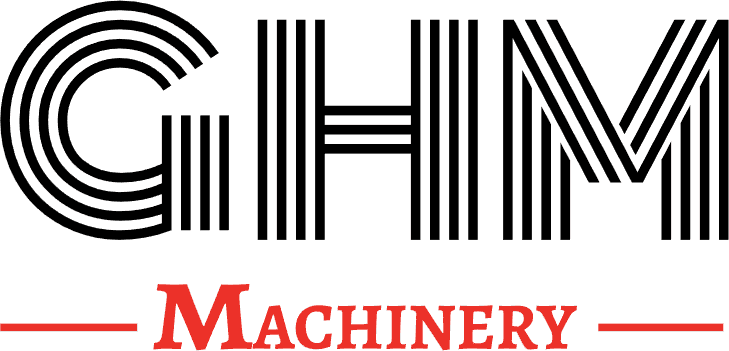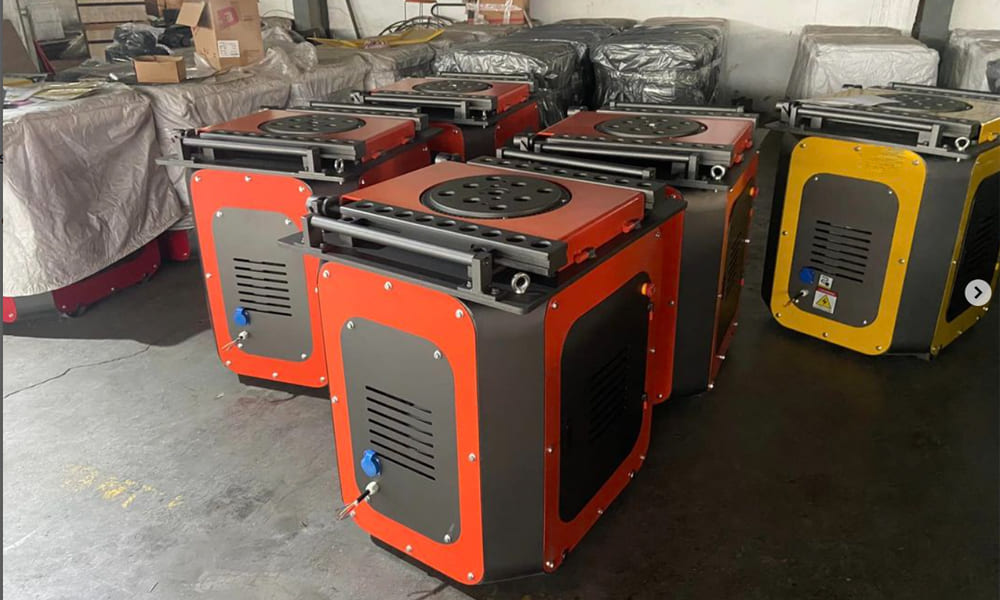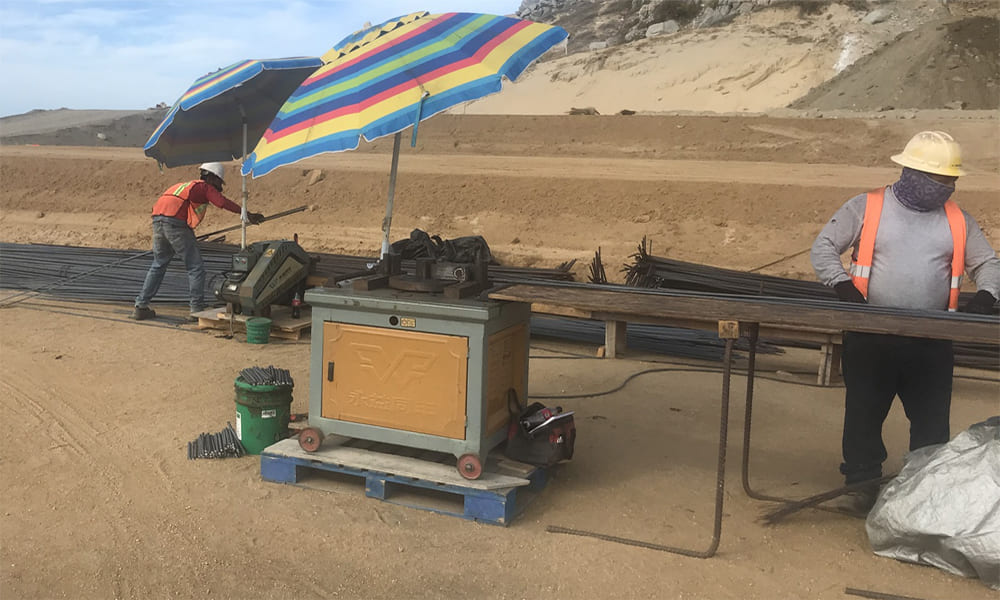Selecting the Right Power for Steel Bar Bending Machines: A Practical Guide
Choosing the correct power for a steel bar bending machine is essential for efficiency, precision, and long-term performance. Below are the key factors to consider when determining the ideal power capacity for your bending operations.
1. Key Factors Affecting Power Requirements
A. Material Type & Thickness
- Mild steel & thin bars (≤10mm) require lower power (1–3 kW).
- High-strength steel & thick bars (≥20mm) need higher power (5–10 kW or more).
- Stainless steel & alloy bars may demand additional torque, requiring robust machines.
B. Bending Angle & Complexity
- 90° bends are standard and require moderate power.
- Sharp angles (≤45°) or multiple bends in a single bar increase power needs.
- U-shapes, spirals, or hooks may require hydraulic-assisted machines for consistent results.
C. Workpiece Size & Length
- Longer bars (6m+) need higher stability and power to prevent deflection.
- Heavy-duty bending (≥32mm diameter) benefits from industrial-grade machines (7.5–15 kW).
2. Power Standards by Region
There is no universal power standard, but common benchmarks include:
| Region | Typical Power Range | Common Units |
|---|---|---|
| China | 1–10 kW | Kilowatts (kW) |
| Europe | 1.5–15 kW | Kilowatts (kW) |
| USA | 2–20 HP | Horsepower (HP) |
Note:
- 1 HP ≈ 0.75 kW
- Heavy-duty machines (for construction/industrial use) often exceed 10 kW (13+ HP).
3. How to Choose the Best Power for Your Needs
A. Match Power to Your Bending Tasks
Light-duty (1–3 kW): Small workshops, thin rebars (≤12mm), simple bends.
Medium-duty (3–7.5 kW): Construction sites, standard rebars (12–25mm), 90°–135° bends.
Heavy-duty (7.5–15 kW+): Industrial use, thick bars (≥25mm), complex shapes, high-volume bending.
B. Consider Brand Reliability & Machine Quality
- Reputable brands (e.g., GHM Machinery’s P42 Rebar Bender) ensure consistent performance and longevity.
- Look for:
- High-torque motors for smooth operation.
- Durable gears & frames to handle repeated stress.
- Energy-efficient models to reduce operational costs.
C. Assess Production Volume
- Low-volume (manual shops): 1–5 kW machines suffice.
- High-volume (precast plants, factories): 7.5 kW+ with automation (CNC benders) for speed and precision.
4. Conclusion: Making the Right Choice
Selecting the optimal power for your steel bar bending machine depends on:
Material thickness & strength
Bending angle & complexity
Workpiece size & production scale
By evaluating these factors and choosing a reliable machine (like the P42 Rebar Bender), you can maximize efficiency, reduce waste, and ensure high-quality bends for any project.



